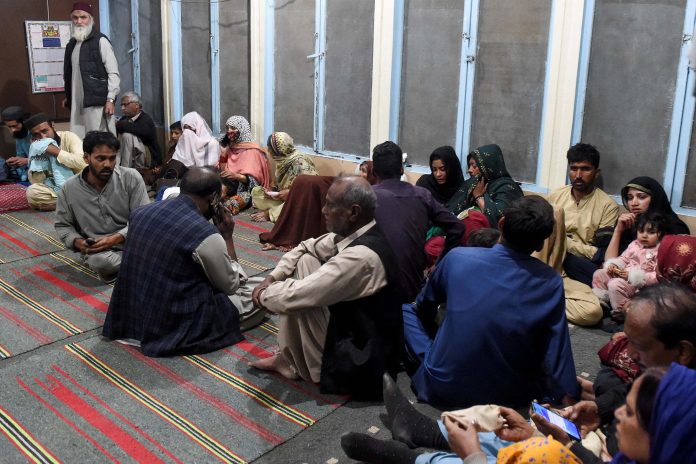
I can hear soft-spoken and mild-mannered Blue Devil pitching coach Marc Kenner listing the parade of knuckleheads who couldn't pitch their way out of a paper bag through the years and saying, "Easy, huh?" During this roller-coaster of a game, the Blue Devils used six different pitchers and would take the win, 14-6. The path from the bullpen to the mound was well-worn. Pitching a baseball can reach high levels of artistic mastery.
But for the purpose of this column, I would like to compare baseball pitching with that of softball and the sheer number of players who can do it. The first thing that stands out is the number of pitchers on a roster and how many are used. The UC Davis baseball team has had 15 pitchers appear in its first 21 games this season.

In contrast, the Aggie softball team has played 31 games, and only three pitchers have been used. The numbers are stark when multiplied by the more than 1,500 colleges competing in each sport. At Davis High last season, the baseball team had 12 pitchers appear in at least two games each, while the Devils softball team had only three pitchers appear in two or more games.
Baseball's Alex Kieffer pitched a team-high 40 innings (24% of the team's innings). In comparison, softball ace Kayt LeBar-Triepke pitched 142 innings (86% of the team's innings). The hazards of pitching a baseball have been well documented.
Tommy John surgery has become all too common. Minimizing a pitcher's workload has been the number one defense against injury. That is why there are so many pitchers on a roster.
The pitchers are often given multiple days off between appearances. In College baseball, the starting pitcher will, for the most part, pitch just once a week. Softball injuries are not documented as well.
A research paper on the Library of Medicine website says, "Softball is underrepresented in the literature when compared to baseball, with over five times fewer peer-reviewed research articles, despite having slightly higher shoulder and elbow injury rates than baseball. Pitching-related softball articles are nearly eight times less frequent than baseball pitching." With softball pitchers throwing harder than ever, having bigger workloads, and getting less rest, the injuries will continue to rise.
Hopefully, the research will catch up soon. When it comes to competitive sports, we can't depend on common sense as much as we would hope. The game's pace is the most significant upside to having so few pitchers in Softball.
Pitching changes are rare, and coaches calling time-out to stall so a reliever can get ready in the bullpen are even rarer. The games flow more and are shorter. With so few softball pitchers at the higher levels, the effect on teaching and coaching is glaring.
Go to any softball practice at almost any level and watch batting practice. You will see primarily men, a story for another day, struggling to replicate anything close to what the girls will face in the game. I know because I am one of them.
Finding someone to pitch underhand with a full arm circle, speed and accuracy is nearly impossible. If you are the exception, please reach out; you are hired. Not even kidding.
.















